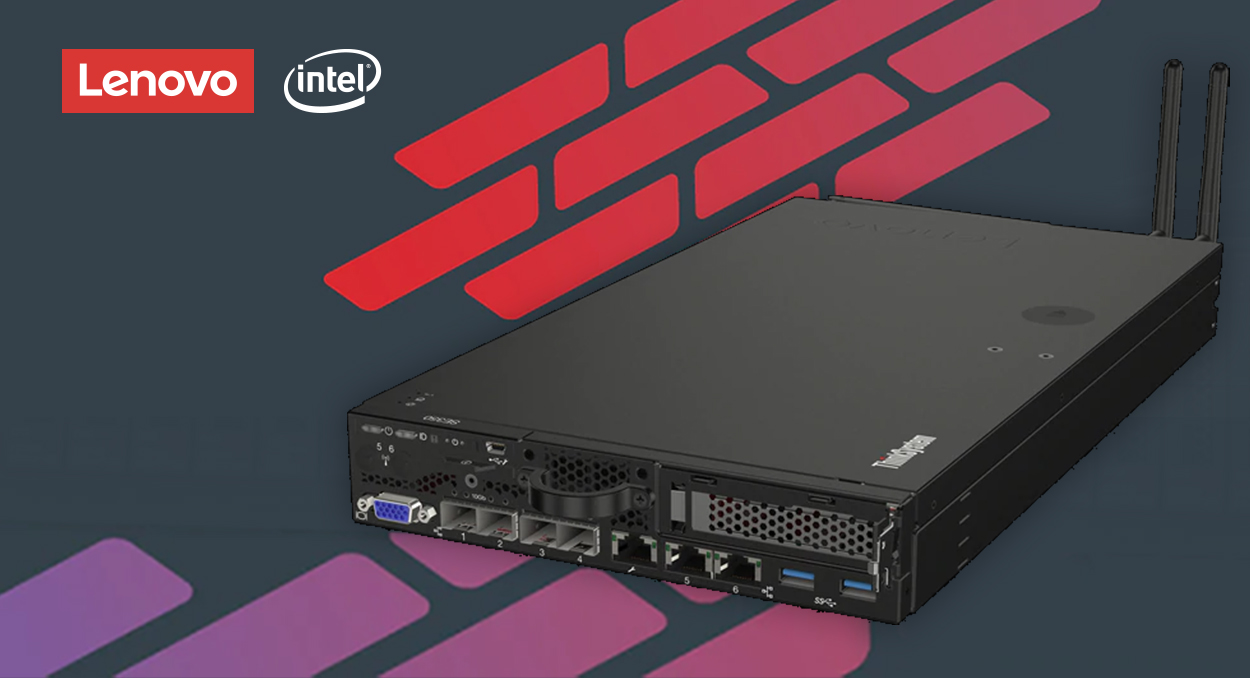Essential HPC Use Cases Where Edge Servers Fully Excel
Several industries have undergone a revolution thanks to high-performance computing, which makes it possible to complete computationally demanding tasks far faster than with a typical desktop or laptop. Traditionally, cloud computing networks or powerful central servers have handled high computing workloads.
Edge servers located close to the source of data generation allow computations to be performed locally without transmitting large amounts of data to a remote data center. This brings numerous advantages, like lower latency, better responsiveness, reduced network usage, and the ability to work offline or in unreliable network conditions.
Read on to explore essential HPC use cases where edge servers excel.
Real-Time Data Analytics
One of the most obvious applications for edge servers is real-time data analytics, where quick processing and response times are critical. Examples include sensor data analytics for the industrial Internet of Things (IoT), real-time analytics of biometric data in healthcare, and computer vision for autonomous vehicles.
Having computation occur locally at the edge enables analytics to be run on streaming data with minimal latency, powering use cases that are simply not feasible when relying on cloud infrastructure.

Embedded and Mobile Computing
Many embedded systems and mobile devices now have significant computing power, thanks to advanced mobile processors. Edge hosts allow this on-device hardware to be fully leveraged for intensive workloads. Examples include computational photography on smartphones, real-time language translation apps, advanced graphics rendering for augmented reality headsets, and AI-powered robotics.
Performing computations locally eliminates the need to transmit large amounts of data to remote servers for processing, improving responsiveness, bandwidth usage, and energy efficiency.
Low-Latency Applications
Beyond real-time analytics, any application that has demanding low-latency requirements is a natural fit for edge hosts. This includes several domains where responsiveness is paramount.
- For example, in online gaming, latency can significantly impact the player experience. Even delays of 50–100 ms can cause noticeable lag and make games feel unresponsive.
- Performing computations for graphics rendering, physics simulations, and multiplayer synchronization on edge hosts close to gamers ensures smooth, lag-free gameplay. This keeps players engaged and enjoying immersive, real-time gaming.
- Industrial control systems also have extremely tight latency budgets, sometimes even below 10 ms. Edge hosts allow critical control logic, sensor data processing, and robotic command and feedback loops to occur locally without network transmission delays.
- This helps manufacturing equipment, power plants, oil rigs and other industrial facilities run optimally and prevents downtime from network issues.
With edge hosts, HPC industrial processes can achieve the millisecond responses required for precision operations.
Privacy-Sensitive Computations
For workloads involving sensitive or regulated user data, edge computing allows computations to be kept local, avoiding transmitting private information over the internet. Examples include, healthcare applications processing patients’ medical records, financial services performing risk analyses on customers’ financial transactions, and government agencies running background checks or processing surveillance camera footage.
By keeping data processing at the edge, these use cases achieve a higher level of privacy, security and compliance than cloud-based alternatives.
Intermittent Connectivity
In environments where reliable network connectivity cannot be guaranteed, edge servers ensure critical applications can continue running locally as long as edge devices have power. This applies to remote industrial sites, scientific research stations, military deployments, emergency response teams, and transportation such as ships and aircraft. It also benefits consumers in areas with unreliable internet access. Therefor, Temporary network outages are prevented from interfering with high computing workloads, thanks to edge hosts.
Low-Bandwidth Environments
Related to intermittent connectivity, edge hosts are well-suited for scenarios where available network bandwidth is limited or expensive. This includes developing regions with poor infrastructure as well as mobile and satellite networks with strict data caps. By performing computations locally instead of in the cloud, edge hosts minimize bandwidth usage and costs for bandwidth-intensive HPC workloads. They also improve resilience against congestion on constrained networks.
Data Sovereignty and Regulation
Many industries and jurisdictions have legal requirements dictating the storage, processing, and management of certain types of data. Edge hosts allow organizations to adhere to these regulations by keeping data and associated computations within their own infrastructure and geographical boundaries. For example, healthcare providers may need to keep patient data within the country due to compliance rules. Edge hosts enable high-performance computing on sensitive data while respecting sovereignty and privacy legislation.
Extreme Environments
Certain industrial settings, such as oil rigs, mining sites and manufacturing plants, have conditions that are too harsh for cloud servers. On-premises deployment of edge hosts withstands vibrations, dust, moisture, heat, and other environmental factors, intolerable to cloud infrastructure. However, This applies to use cases such as predictive maintenance, manufacturing process simulation, and hazardous conditions monitoring. Edge hosts ensure HPC continuity even in the most challenging of environments.
Low Latency Distribution
Edge hosts are well-suited for distributing low-latency content on a global scale. For example, caching and pre-processing content to reduce access times for online video streaming, gaming, and software updates. Front-loading computation and data storage to the network edge reduces latency for delivering content worldwide. This allows high-quality streaming and interactivity even over long distances.
Limited Connectivity
Finally, edge hosts are essential for enabling HPC when no internet connectivity is available at all. Examples include aircraft, ships, scientific research stations in remote areas, and industrial control systems requiring air gaps for security. Moreover, Edge hosts enable autonomous onboard applications, ensuring uninterrupted operations in disconnected environments technology.
Conclusion
Edge computing uniquely enables high-performance computing applications requiring low latency, local processing, offline functionality, data privacy, or regulatory compliance, unmatched by centralized cloud platforms. While, clouds will continue powering many HPC workloads, edge servers are proving indispensable for the most demanding latency-critical, bandwidth-constrained or offline scenarios. As edge and IoT adoption grows, we can expect to see HPC move even closer to the source of data generation for maximum responsiveness.

